Murraya, also known as murraya paniculata or orange jessamine or mock orange, has many useful applications.
However, you may encounter issues with your murraya in terms of the plant’s health such as yellowing of the leaves or it just overall looks unhealthy. There could be various causes such as overwatering, unsuitable climate, nutritional deficiencies, pest infestations, and disease infections.
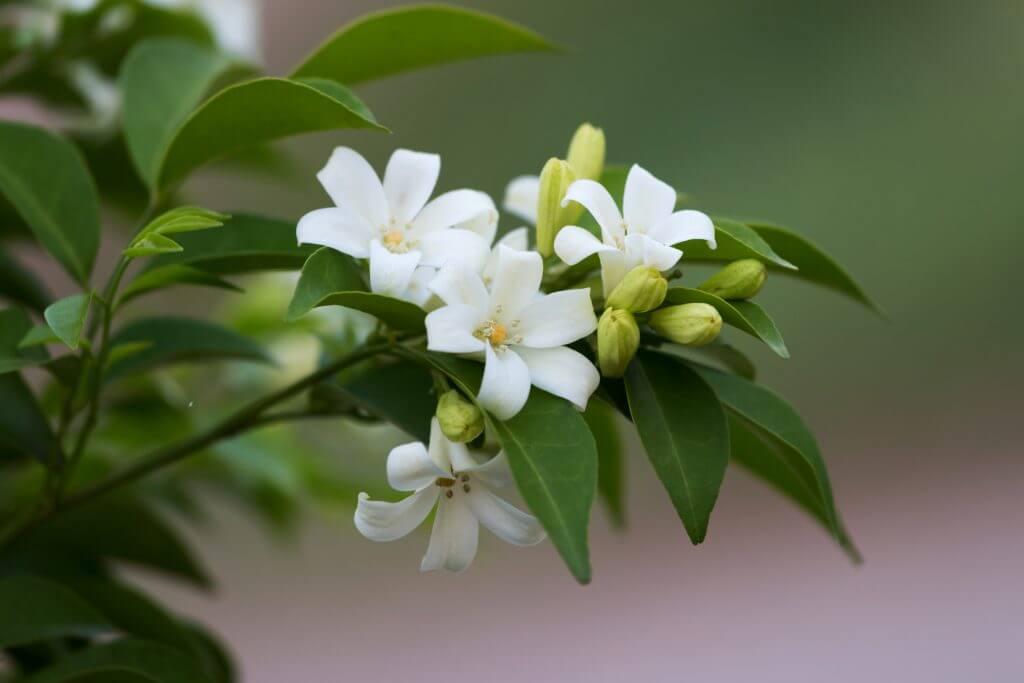
Where to buy Murraya Paniculata
If you are looking to buy Murraya Paniculata plants, we suggest you buy your Murraya Paniculata Plants here.
Murraya Paniculata Issue: Yellowing of the Leaves; Unhealthy-looking Plant
When you notice that your murraya’s leaves are turning yellow, there could be a few reasons: overwatering, underwatering, nutrient deficiencies, exposure to extreme cold.
Overwatering or Underwatering Murraya Hedges
Like most citrus plants, orange jessamines do not like overwatering.
Too much water will cause your murraya’s leaves to turn yellow and fall off.
Another issue caused by overwatering murraya is root and crown rot.
A serious case of overwatered murraya will lead to the plant’s death.
To avoid overwatering your murraya, water only when the soil dries at about 1 to 2 inches (to 5 cm) beneath the surface.
Just like overwatering will cause issues for your murraya, so is too little water. The plant will outwardly exhibit the same symptoms of yellowing leaves when it is overwatered as well as underwatered.
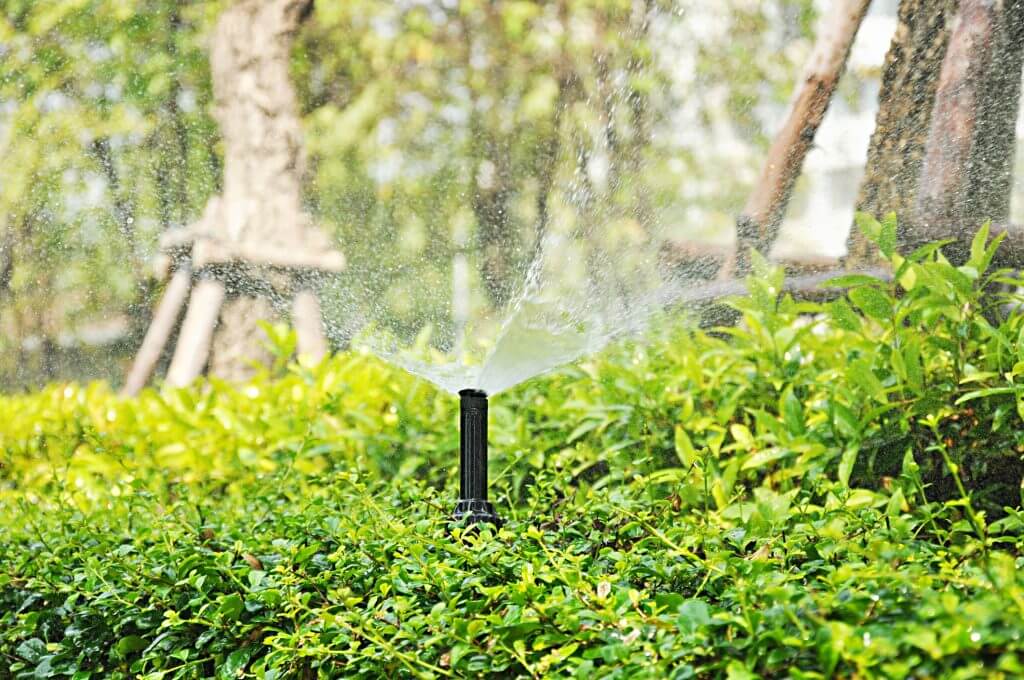

Unsuitable Climate for Murraya
Murraya paniculata is a warm-season plant. If your area has harsh and cold winters, you may want to choose a different plant.
Temperatures below 40 °F (4.44 °C) could damage your murraya plants, and frost will kill them.
Another thing that needs to be considered for planting murraya is precipitation.
If your area gets a lot of rain, make sure that your murraya is planted in truly well-draining soil. As mentioned above, too much water or waterlogged soil could damage your murraya and eventually kill it.
Amend your soil if needed to make it well-drained, such as by adding dolomite to a clay-heavy soil.
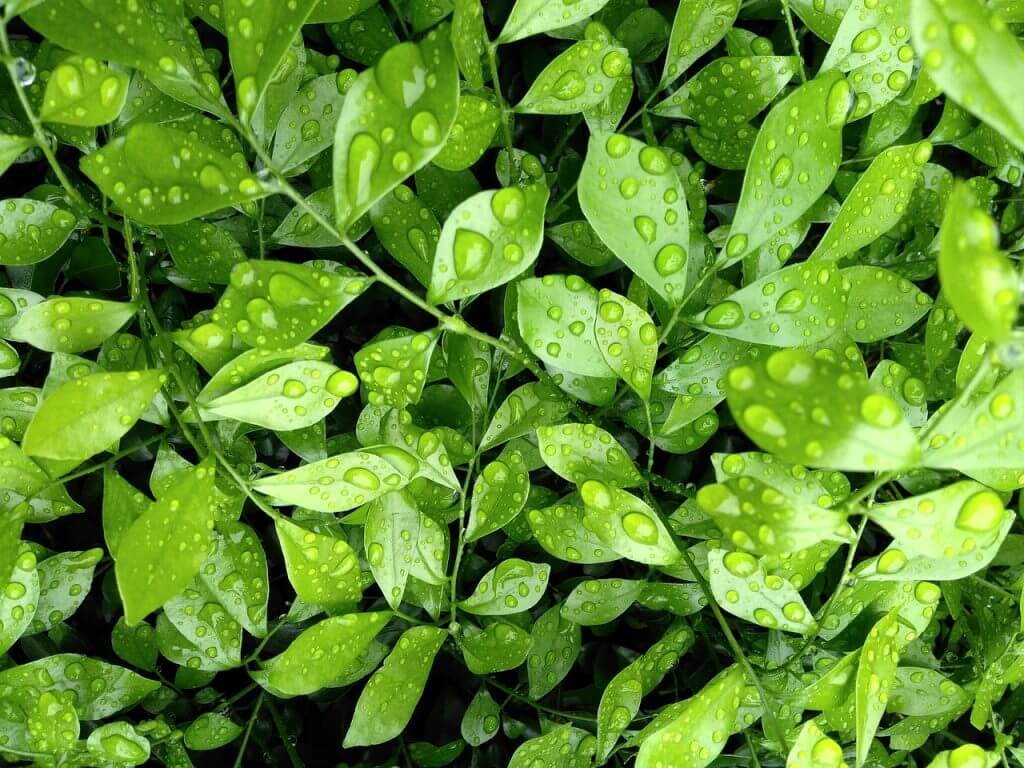

Nutritional Deficiencies
Another possible reason for the yellowing of the leaves of your orange jessamine is due to lack of nutrients.
Ideally, murraya and most citrus plants need feeding about four (4) times each year. Give your murraya a nitrogen-rich fertiliser throughout the year, but do not give fertiliser in the winter.
In addition to the nutrients in the soil, make sure that your soil pH is right for your murraya hedge. The proper pH for murraya paniculata is from 6.6 to 7.5
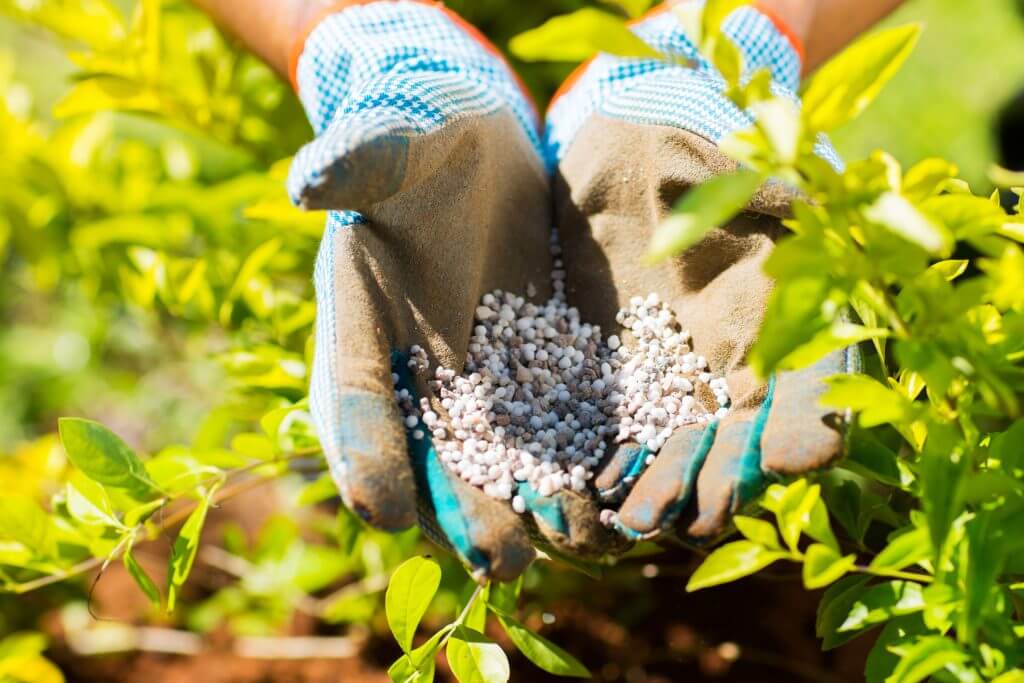

Murraya Paniculata Pests and Diseases
Murraya plants are vulnerable to certain pests and diseases such as soil nematodes, sooty mould, and yellow dragon disease.
Nematodes
Parasitic soil nematodes such as root-knot nematodes and eelworms are roundworms that can damage your murraya hedge.
They attack your plant and feed on the roots, leaves, and stems of the plant. Some of these pests also spread diseases from one plant to another.


Sooty Mould
Sooty mould is a collective term for different fungi in the phylum Ascomycete.
These fungi can grow on your murraya plants. As the name suggests, this mould will leave a black powdery substance that looks like soot on the surface of the murraya leaves and stems.
The sooty mould in itself causes little harm. However, this fungal growth could be an indication of other pests such as honeydew-secreting insects such as aphids and scales.
If pests caused the sooty mould on your murraya hedge, treat with the appropriate insecticide. Organic pesticides are ideal.
If there seems to be no infestation on your murraya, you can just wash it off with water and wipe the mould from the plant.
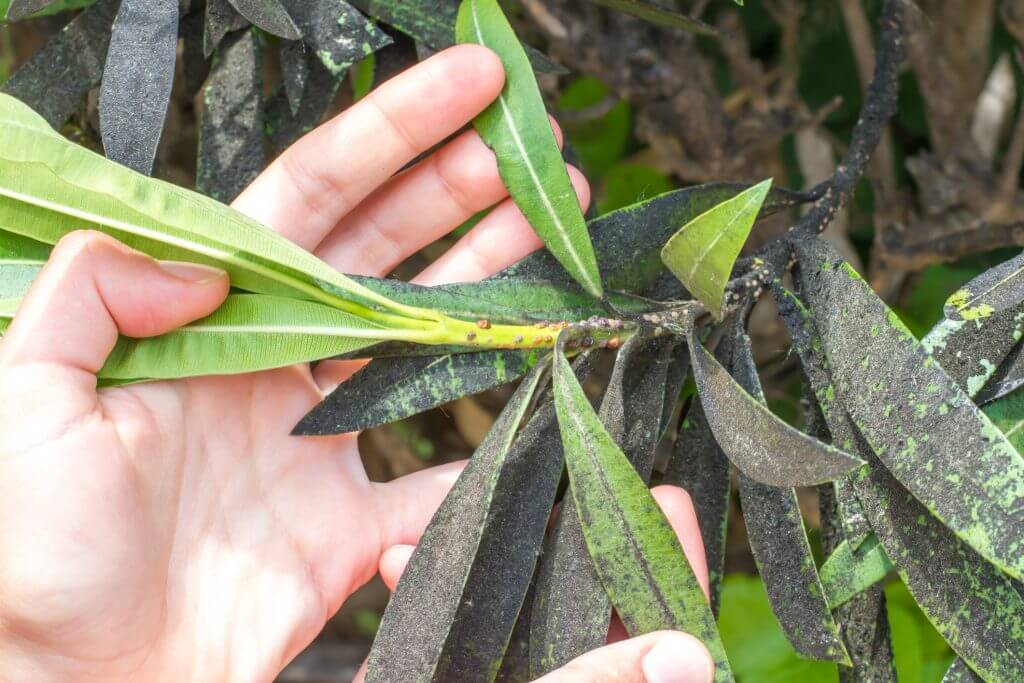

Huanglongbing (Yellow Dragon Disease)
Huanglongbing (HLB) was formerly called citrus greening and is one of the worst citrus tree diseases and affects orange jasmine as well as curry plants.
The bacteria Candidatus Liberibacter asiaticus causes HLB, causing the decline and eventual death of the murraya.
Symptoms of this disease include a blotchy and uneven yellowing of the leaves, as well as malformed, bitter and sour fruit.
This disease is brought by both African and Asian citrus psyllid.
Once your murraya is infected with HLB, dispose of it as quickly as possible to avoid the spread to other murraya or other plants.


[elementor-template id=”4720″]
[elementor-template id=”6387″]
